For World Leaders
The MAPS Treaty
The MAPS treaty is the first document of its type to be written by an international NGO.
It is written as an amendment to the United Nations Convention on the Law of the Sea (UNCLOS) 1982 and has been translated into the six official languages of the UN.
UNCLOS currently allows a country to exploit any body of water up to 200 nautical miles beyond its coastline – a condition that serves as a death wish for the Arctic Ocean and its role as our planet’s life support system.
The Treaty will become law once 99 UN member states have signed it and it will be critical to have the eight Arctic Nations amongst these.
The MAPS treaty takes all destructive activities off the table for the entire Arctic Ocean that lies within the Arctic Circle, while still allowing those activities critical to local life and the health of the Arctic Ocean:
What MAPS Stops
-
Natural resource exploitation (oil, gas, minerals, etc.)
-
Seismic testing for oil and gas
-
Commercial fishing
-
Commercial shipping and cruises
-
Military activity
-
Dumping
What MAPS Allows
-
Scientific investigation
-
Local subsistence fishing (coastal communities can continue to fish for their food)
-
Observation and inspection
-
Peaceful purposes, such as cleaning up past radioactive waste
Other Proposals
The alternative proposals that are supported by other organizations centre around two main features that would provide ineffective protection:
High Seas
The Arctic High Seas, sometimes also called the Central Arctic Ocean, are the small patch of international waters around the North Pole that do not fall into any country’s exclusive economic zone.
Protecting only this area means giving a green light to the bulk of Arctic Ocean exploitation which occurs much closer to individual countries’ coastlines.
Moratorium
The proposal of a moratorium rather than a permanent change to international law means only a postponement of current exploitation, allowing it to return at a point in the future when a healthy Arctic Ocean will be even more critical for our planet’s survival.


















